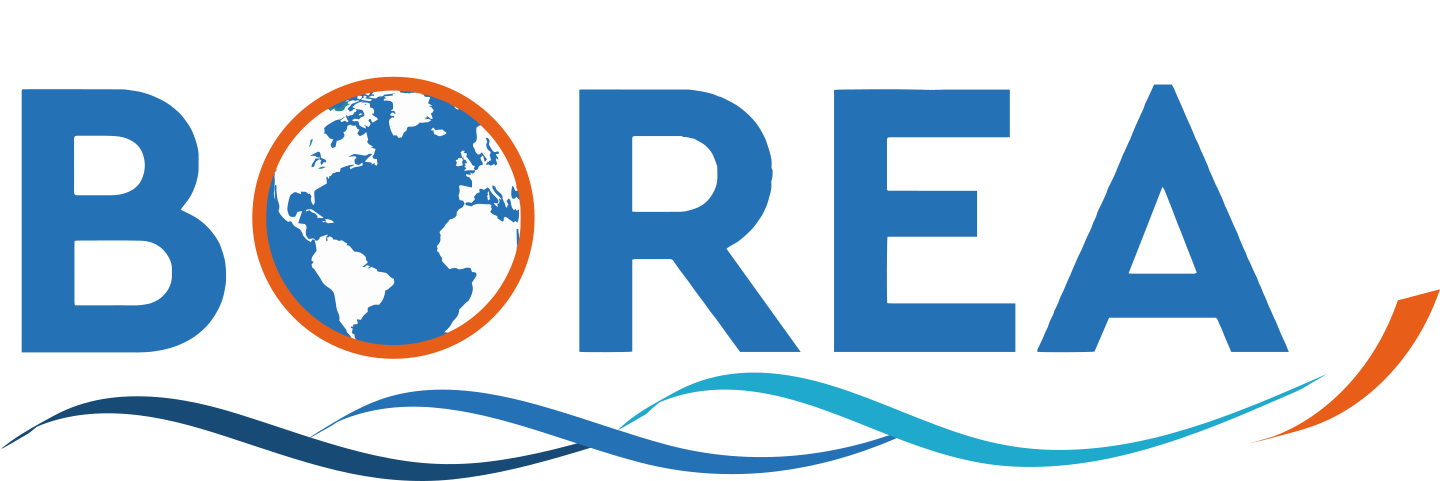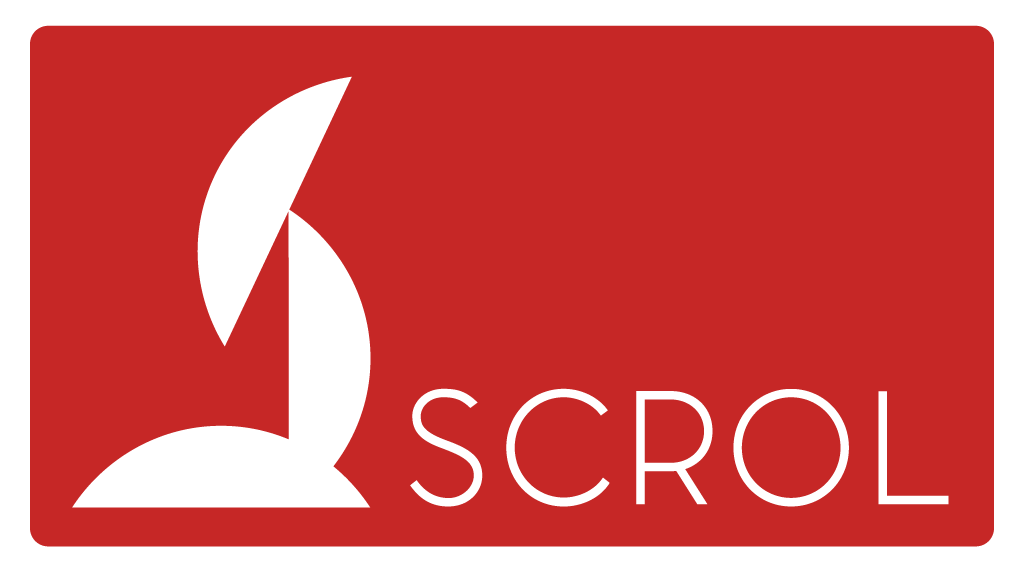Journal
<p>The shells of the bivalve mollusks are organo-mineral structures predominantly composed of calcium carbonate, but also of a minor organic matrix, a mixture of proteins, glycoproteins, and polysaccharides. These proteins are involved in mineral deposition and, more generally, in the spatial organization of the shell crystallites in well-defined microstructures. In this work, we extracted different organic shell extracts (acid-soluble matrix, acid-insoluble matrix, water-soluble matrix, guanidine HCl/EDTA-extracted matrix, referred as ASM, AIM, WSM, and EDTAM, respectively) from the shell of the scallop Pecten maximus and studied their biological activities on human articular chondrocytes (HACs). We found that these extracts differentially modulate the biological activities of HACs, depending on the type of extraction and the concentration used. Furthermore, we showed that, unlike ASM and AIM, WSM promotes maintenance of the chondrocyte phenotype in monolayer culture. WSM increased the expression of chondrocyte-specific markers (aggrecan and type II collagen), without enhancing that of the main chondrocyte dedifferentiation marker (type I collagen). We also demonstrated that WSM could favor redifferentiation of chondrocyte in collagen sponge scaffold in hypoxia. Thus, this study suggests that the organic matrix of Pecten maximus, particularly WSM, may contain interesting molecules with chondrogenic effects. Our research emphasizes the potential use of WSM of Pecten maximus for cell therapy of cartilage.</p>

